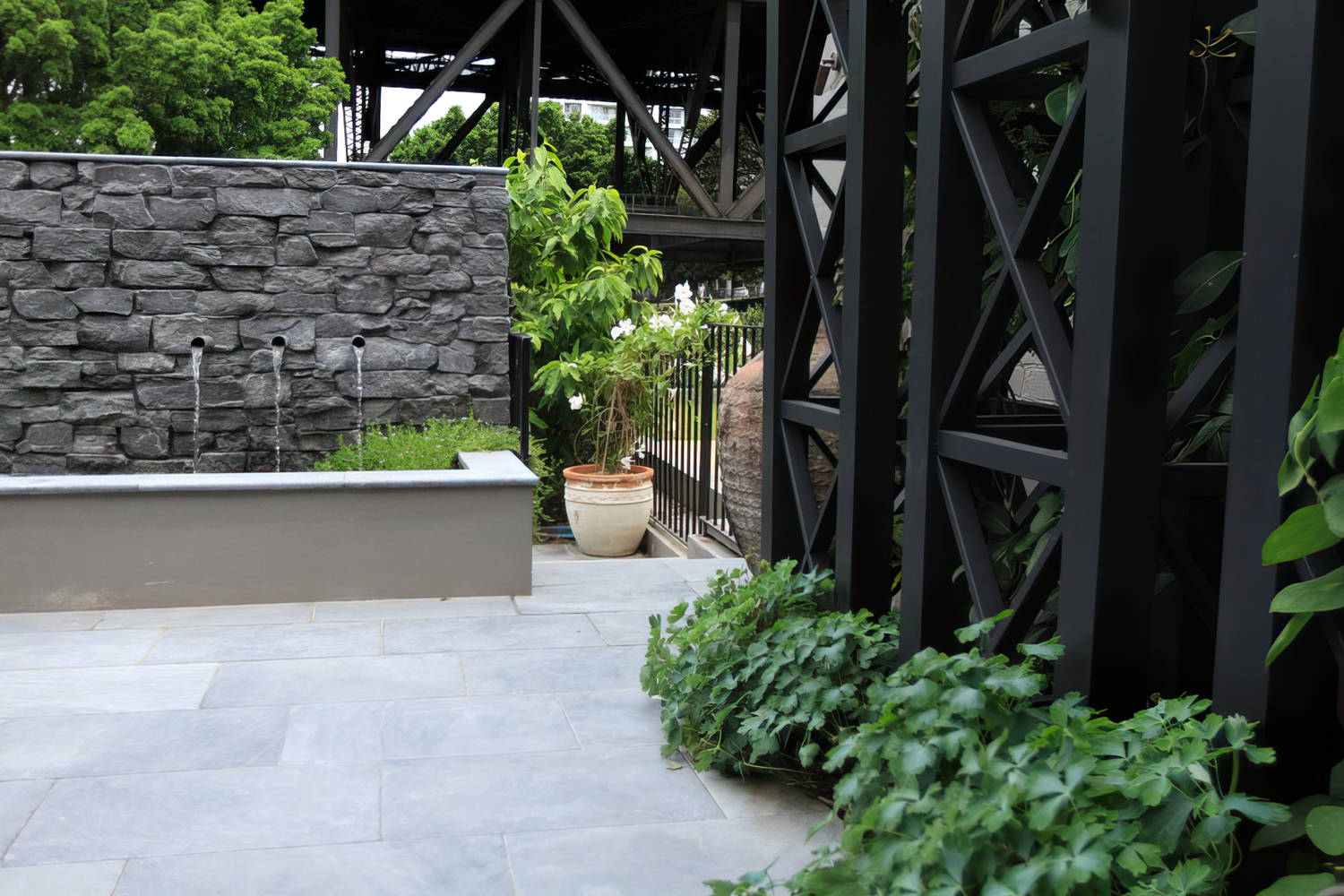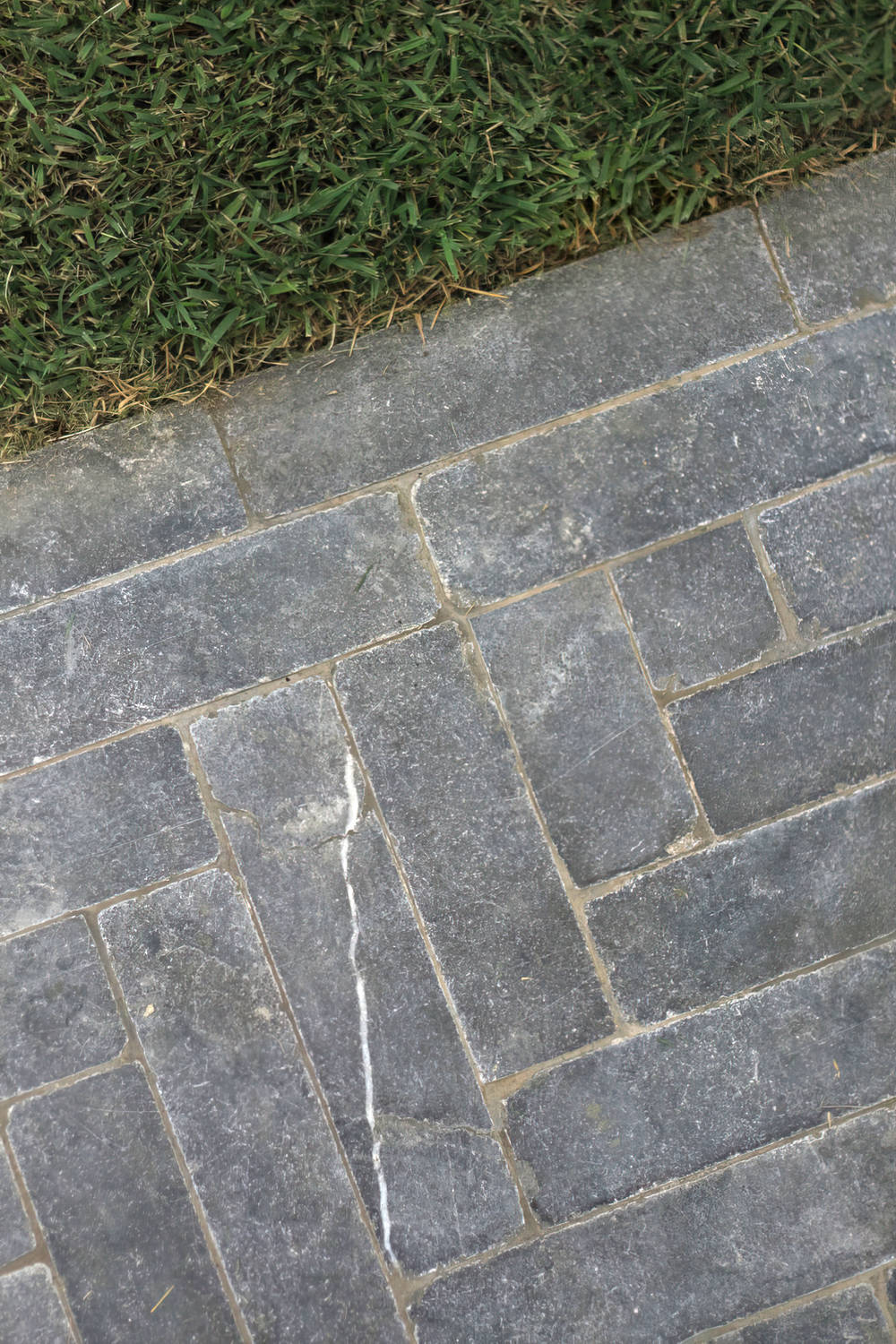Selecting the right paving or tiles for your outdoor areas is just as important as getting the flooring right in your house. It sets the mood and tone for your garden, so getting it right is imperative. There are a few things to consider and a check list I go through when I design a space.
What do you want it to be made from?
The main choices are natural stone, concrete, porcelain or clay. Natural stone will give you the most upmarket feel and with its natural variations add texture and quality. The draw back from natural stone is its obvious negative impacts on the environment, cost and need for sealing as many are porous. Concrete pavers aren’t much better on mother nature but are often cheaper than natural stone and for certain gardens can look great, but I find the uniform colour can lack texture and therefore depth in the finished product. Porcelain has come a long way in the last 10 years and there are various finishes and textures for any garden. They also come in a range of prices from entry level all the way up to bespoke costly elements to a design and you get what you pay for. Clay pavers are generally used in a brick format (size) which is great for hardwearing areas and those that need flexibility in levels like a driveway but can look dated for entertaining areas. The biggest bonus of a clay paver is they are inexpensive so great for larger areas.
What size paver do you want?
For areas that undulate or slope a smaller sized paver such as a brick clay paver is best as the small size allows for more flexibility over lumps and gradients when laying. For a modern look rectangular pavers such as 600x300mm or 900x450mm sizes look best. For large expanses of paving consider a French or random pattern as this breaks up any straight lines in the paving making it feel more comfortable. If you are after a rustic look, think about crazy paving. You can also make a real feature of your paving adopting a brick dimension and going for a herringbone or even a feature tile as a header course around the outside of the main body of paving.
How much traffic will your paver take?
Bright white pavers may make a real design statement to your driveway but soon they will be covered in oil and tyre marks so you need to consider where your pavers are going. For high traffic areas like entertaining areas and driveways dark greys will look the best for longer. If you want to reflect light around a space, then go for something lighter in colour. It’s a good idea to have all new paving sealed before using it as this will make keeping it clean much easier.
How much do you have to spend?
This is probably the first question people ask when selecting a paver however I recommend making it the last. You get what you pay for when buying anything outdoors remembering it has to stand up to high traffic, UV and rain so invest as much as you can. Buying cheap pavers may seem like a cost saving but also factor in the cost of installing as often the cheapest to buy will take the longest to install.


